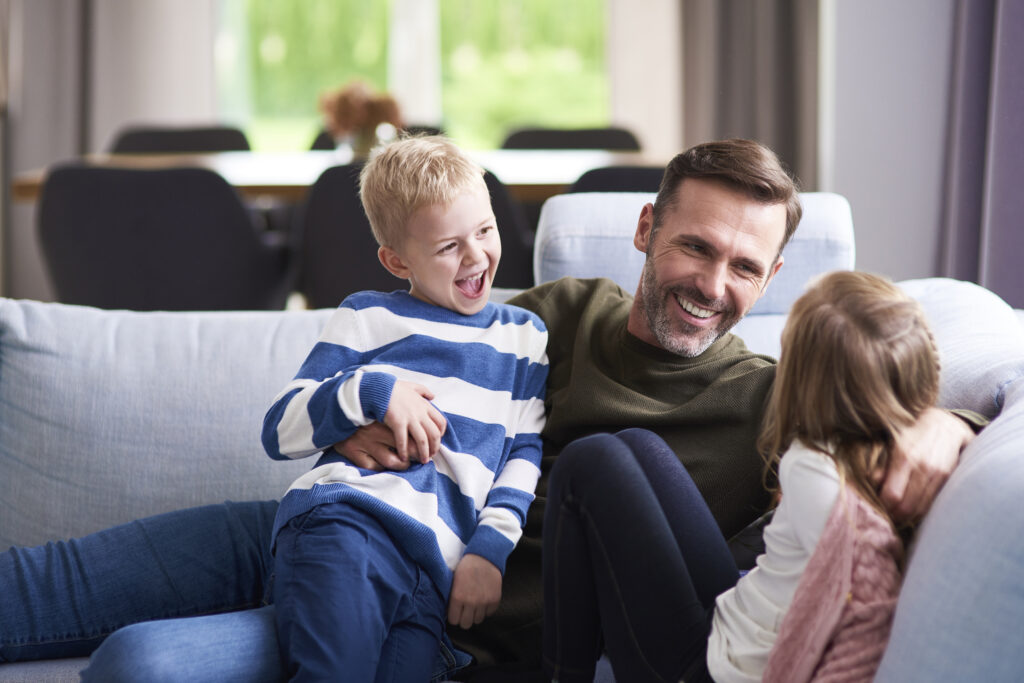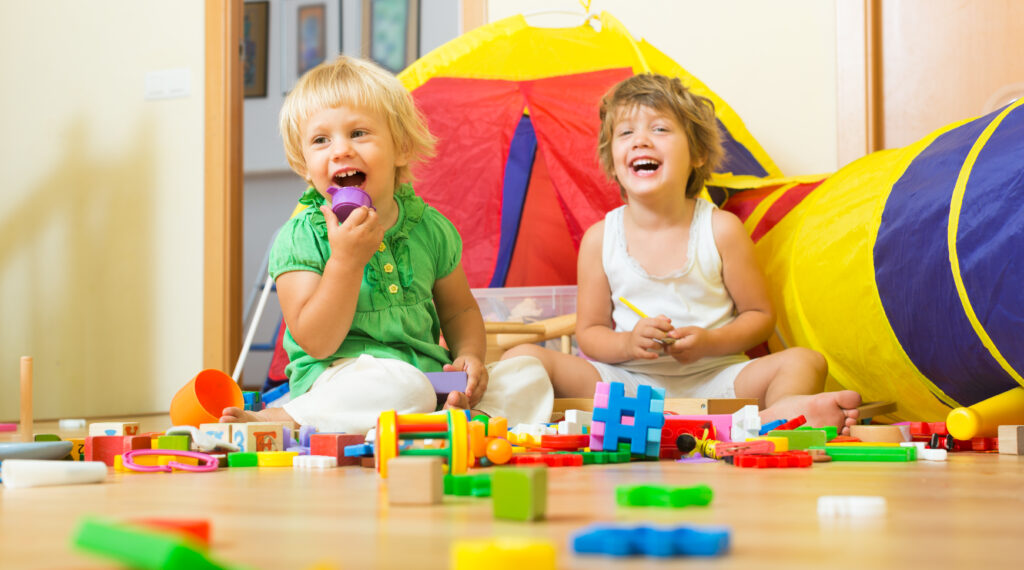Environmental Perceptions In Specially-abled Children
Written by Dr. Priyanka More
Share this article
The Origin lies here..
Since the evolution of humankind and the development of awareness and perceptions of the environment, man has always been the epitome of highly acquired language and social skills.
There have been tremendous leaps of languages into varied cultures, spreading their myriad of magic across regions covering the entire globe.
As language evolved, the facets of human perception made the human species into a complexly wired functionality.
How perception evolved..
Perceptions over the years have been directed and examined in the developing infant.
“Similarly, evolution, has, contributed towards, understanding and delineating the perceptual framework for the one-of-a -kind specially-abled.”
With their hierarchy of disabling limitations, their strength of perceiving this vividly exciting world gets affected as well. More than the standard perception, these children have to fuel more of their perseverance into understanding the lattices of this world web.
As we are what our brain has evolved into, the same is the world’s perception into this complex, highly dominant organ.
The Perceptual dilemma..
Coming with a disturbance of normal brain functioning, the perception of these children is added with more challenges, owing to visual, cognitive, motor deficits. Making communication and social interactions difficult.

The human-kind responsibility..
The specially-abled should be well comprehended at their peer level, gauging them away fromdiscrimination and victimization to prevent the abyssal void.
Might making them more sensory- profound would put them in the que of developmental perception, is the challenge physical medicine has been striving to achieve.
The work -up framing, must be devised to enhance the brain’s ability to organize sensory stimuli and make them the basis for functional behavioral response.
To begin with, primal arousal and awareness, in all environments, should be our primary goal for the children, making their interactions with the therapist and their peers an accessible entity.
Encouraging floor play, handling multi-faceted toys and grasps, addressing varied colored stimuli are absolute memorandums .

Reciprocally, the more fidgeting child should be engaged in calming activities.
For this, a pressure embrace, by the mother, the handling therapist, is the need.
Vestibular stimuli, in the form of an embrace swinging, can be an add-on.
Therefore, we enhance the sensory information to these children in an organized manner, ensuring that it reverts as an appropriate motor response.

A community program that involves the child participating in a more insightful manner towards making special children more functional, almost the same, like their peers; in the community on a daily living basis, making them a functional-member will add to their recreational pursuits. The activities build up a sense of self-esteem and individuality in them and act as a motivator.
Back at home, involving the child in daily routine chores, assisted by the siblings, can be a facilitatory approach towards the child’s psycho-perceptual domain.
Such incentives will help build up a more independent, specially-abled human race, who would turn out to be a responsible contributing member of the larger community.
Contributors

DR. PRIYANKA MORE
Guest Writer
Share this article
[/um_show_content]
